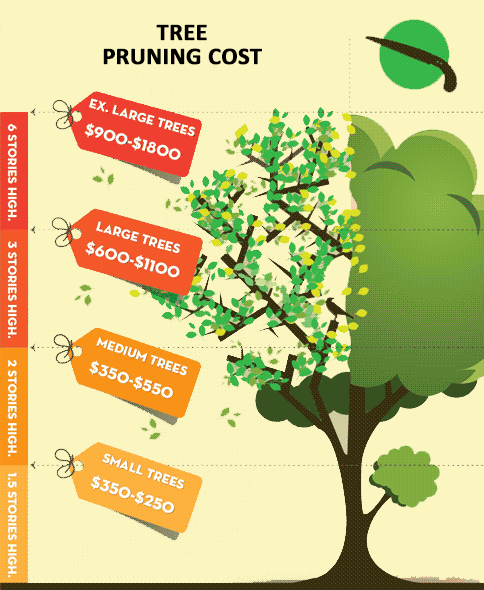Seasonal Tree Upkeep: What Is The Optimum Time For Tree Removal?
Seasonal Tree Upkeep: What Is The Optimum Time For Tree Removal?
Blog Article
Content By-Berger Mathis
When contemplating the very best time to get rid of trees from your home, a critical equilibrium should be struck in between tree health and wellness concerns. Consider the possible threats postured by unpredictable or rotting trees, and how their elimination can minimize these dangers. Yet when precisely is the optimum moment to undertake this task? Stay tuned to find the seasonal nuances that can affect your decision and make sure the well-being of your trees and environments.
Ideal Timing for Tree Removal
When it concerns picking the ideal timing for tree elimination, it's critical to consider variables such as the health of the tree, security concerns, and ecological guidelines. Evaluating the tree's total health and wellness is vital to identify if elimination is essential. Dead or diseased trees pose threats and need to be gotten rid of quickly to prevent accidents or home damage.
Safety and security problems, such as closeness to structures, power lines, or roadways, also play a significant role in determining the best time for removal. Sticking to environmental guidelines is crucial to ensure that the elimination process is accomplished sensibly and legitimately.
Thinking about these elements, the optimal timing for tree removal may differ. Normally, it's suggested to get rid of trees during the inactive period, commonly in late loss or wintertime. During this time, trees aren't actively growing, making elimination less demanding for the tree. Additionally, with fewer fallen leaves, it's much easier for arborists to evaluate the tree's framework and securely perform the removal procedure.
Seasonal Variables to Think About
To make certain successful tree treatment techniques, it's vital to take into account the seasonal aspects that can impact the wellness and development of your trees. Recognizing these seasonal variations can aid you intend your tree treatment tasks efficiently.
In springtime, trees focus on brand-new development and budding. This is a perfect time for pruning to shape the tree and get rid of dead branches.
mouse click the following internet site brings hot weather, necessitating proper watering to maintain trees moisturized.
Loss is when trees start preparing for dormancy, making it a good time for deep origin fertilizing to sustain their root systems.
Winter season, with its chilly temperatures, is a period of inactivity for many trees, making it a suitable time for tree elimination or significant pruning.
Impact on Tree Health And Wellness and Landscape
Thinking about the seasonal factors that influence your trees is vital for their total health and the look of your landscape. Appropriate tree treatment throughout the year can significantly impact their wellness and the visual charm of your exterior area.
For example, trimming during the inactive winter months can promote healthy and balanced development in the spring, while removing dead or infected branches in the fall can avoid possible hazards during winter months tornados. Furthermore, monitoring your trees for signs of bugs and illness during the suitable periods can assist maintain their vigor and protect against prevalent invasions.
Moreover, the problem of your trees straight affects the general landscape layout. Trees that are well-maintained and healthy and balanced can improve the elegance and worth of your building, while neglected or harmed trees may detract from the aesthetic allure of your outside setting.
Conclusion
Bear in mind, the best time to eliminate trees is throughout the dormant period to minimize stress on the tree and ensure its health and wellness. Consider the seasonal elements and potential risks prior to scheduling tree elimination. By focusing on accountable tree treatment and upkeep, you can preserve a risk-free and aesthetically pleasing landscape for many years to come.
